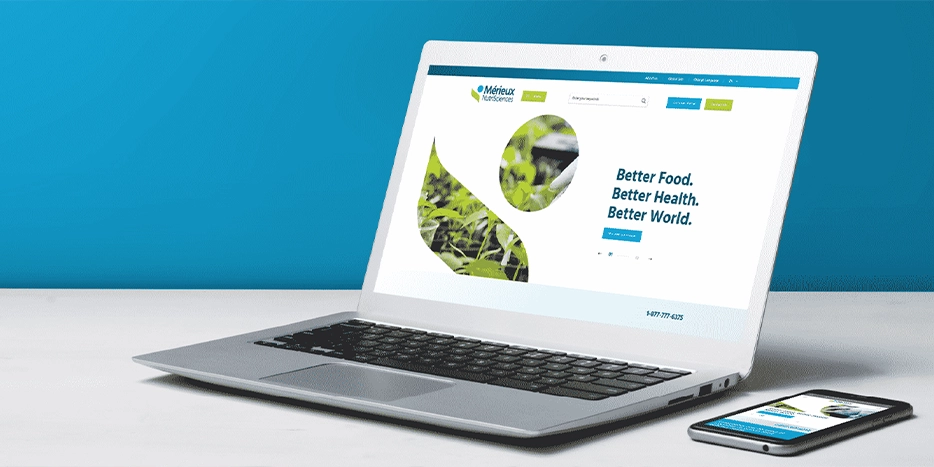Highlights
A Separate Realm of Beverages
Most beverages consumed by the under-21 crowd fall under a food category of products such as soft drinks, juices, flavored teas and coffees, sports drinks, and other sweetened/unsweetened beverages intended to quench thirst or be a source of nutrients such as calories and carbohydrates. However, once the magical age of 21 hits in the United States, beverage consumption often switches from FDA food-regulated drinks to a new domain of alcoholic beverages. This drink category falls under the jurisdiction of the U.S. Department of Treasury’s Alcohol and Tobacco Tax and Trade Bureau, otherwise known as the TTB. Alcoholic beverages now meet a different expectation of consumer “thirst-quenching,” and product claims to tout nutritional and health benefits.
Does adding alcohol to a beverage make that much difference in an adult drink?
It sure does – and the list of rules and requirements for this growing category can be daunting to someone unfamiliar with the regulatory framework.
Adhering to New Standards
Similar to the post-World War II food standards of the FDA, the alcohol standards include historical forms of alcoholic beverages: malt beverages such as beer, distilled spirits like vodka and rum, and wine derived from grapes and other traditional fermented fruits. These laws intended to collect the appropriate tax due to alcohol production, distribution, and consumption, not to produce a safe and drinkable adult beverage, as many of these fermented and distilled products had been made for centuries. Enter the modern world, and in May of 2020, a Final Rule was issued by the TTB titled “Modernization of the Labeling and Advertising Regulations for Wine, Distilled Spirits and Malt Beverages” that now allows for more up-to-date labeling practices for adult beverages. For example, the ruling now acknowledges websites as an acceptable address, recognizes agave spirits as a new class of distilled spirits, and provides criteria for compliant personal/private labeling of beverages like wine for a wedding shower or artisanal beer labeled for a private party or event.
While the modernization rule did not address every form of adult beverage, modern drinks such as hard seltzers, fermented kombucha teas, flavored moonshine, and non-beverage alcohol products (think Grandma Kate’s holiday fruitcake) must be carefully evaluated when determining alcohol category and labeling requirements. Ultimately, TTB does make the final determination on acceptability for the market.
Along with these new forms of adult beverages is an increase in the variety of flavorings and additives used in these artisanal recipes. Additional additives can be offered in direct consumption sales environments (bars, restaurants, etc.), such as CBD and other herbal extractives that neither TTB nor the FDA has approved. TTB must approve all ingredients and recipes for alcoholic products and the final labels before commercial introduction.
Other common claims in alcohol labeling include source labeling such as a water source, name brand of the spirit used, or brewery/distillery location (domestic or foreign). Nutritional claims regarding calories and carbohydrates are becoming more popular, as well as added sugars and sodium content for the health-conscious. Unfortunately, there has also been an increase in claims regarding health benefits, like those linking red wine consumption and heart health, without properly advising on the risks associated with alcohol consumption. Statements such as these are regulated and have defined requirements and parameters that a product must meet if used.
Verifying Your Product’s Label Compliance
Not all is the Wild, Wild West in alcoholic product labeling. The government designated the 27th Code of Federal Regulations to the Alcohol, Tobacco, and Trade Bureau, with Subchapter A dedicated to Alcohol. Of the 31 defined parts of the Alcohol subchapter, each type of alcohol category has outlined labeling requirements: Part 4 for wine, Part 5 for distilled spirits, and Part 7 for Malt Beverages. Part 16 addresses the proper health warnings required, and several published TTB Rulings exist that clarify industry interpretations and questions regarding specific situations not clearly outlined in the regulations. Each category has mandatory labeling defined that includes standards of identity, net contents, alcohol content, class and type, organic claims, as well as voluntary labeling for allergens.
What can Mérieux NutriSciences do for you?
Creating compliant labeling for an alcohol product involves interpreting and applying many rules on top of the strict production, distribution, and importation requirements. While our team does not do alcohol submissions or licensures, our Label Compliance department at Mérieux NutriSciences can help with a compliance review of your alcohol product label before TTB submission. According to your documentation, we can ensure you submit a compliant label for their final approval. We can also help create nutrition data for your product label and conduct analytical testing in one of our qualified laboratory facilities.
